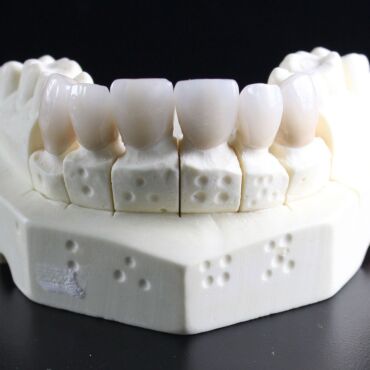Smile design is the process of shaping teeth according to an individual’s facial structure, lip positioning, and aesthetic expectations. Innovations in this field are yielding some of the most striking results in aesthetic dentistry. Today, personalized approaches and technological advancements are taking the forefront in smile design.
Technological Innovations and Software Applications
With advancing technology, digital smile design (DSD) has become increasingly popular. In this method, digital images of the patient’s oral structure are captured, and smile design is created based on these images. Additionally, 3D printers and CAD/CAM systems are providing more accurate and faster results.
Advancements in Material Science
The materials used in aesthetic dentistry are of significant importance. Materials like porcelain laminate veneers, zirconium, and composite resins are preferred for their natural appearance and durability. The development of these materials is leading to more aesthetic and long-lasting results.
Comprehensive Approaches
In smile design, the aesthetics of not only the teeth but also the gums and lips are important. Techniques such as periodontal plastic surgery and lip reshaping are complementary elements of smile aesthetics.
Patient Communication and Planning
Understanding patient expectations correctly and making appropriate plans in line with these expectations are key to a successful smile design. Effective communication with the patient is necessary to create a design that aligns with their personal expectations and needs.
Conclusion
Smile design is a continuously evolving field in aesthetic dentistry. Technological innovations, advancements in material science, and personalized approaches are being developed to meet both the aesthetic and functional needs of patients. These patient-centered approaches are shaping the future of aesthetic dentistry.





